The automotive industry is often defined by high-profile rivalries—Ford vs. Chevy, BMW vs. Mercedes, Tesla vs. everyone. But beneath the surface of these mainstream battles lies a shadowy world of bizarre, hyper-specific competitions between automakers fighting for dominance in the strangest corners of the market.
These are the wars nobody talks about, where manufacturers clash over the most obscure bragging rights: who builds the slowest production car, the most indestructible off-roader, or the quirkiest microvan.
This is the untold story of the automaker wars in the weirdest segments, where pride, engineering madness, and sheer stubbornness collide.
See also:
The Battle For The Slowest Production Car
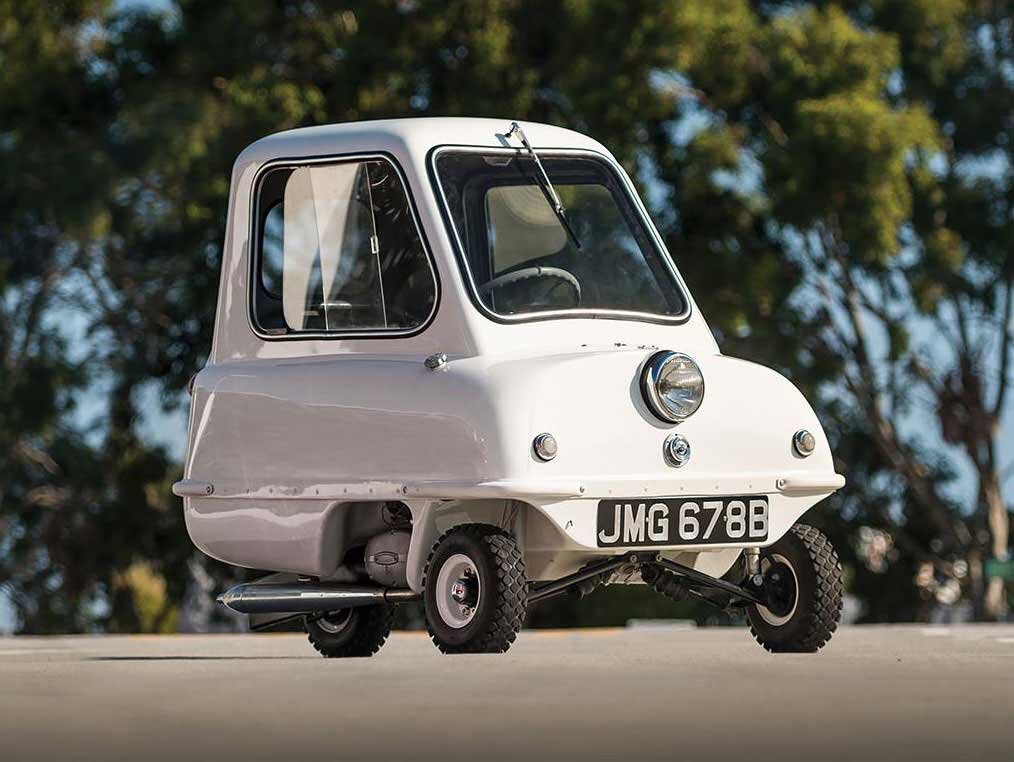
In a world obsessed with horsepower and zero-to-sixty times, a quiet but fierce competition exists for the exact opposite: building the slowest road-legal production car.
The reigning champion for decades was the Peel P50, a microcar from the 1960s with a top speed of 38 mph, if you were going downhill with a tailwind.
But in 2010, Peel Engineering revived the model, sparking a bizarre arms race for the title of "slowest modern car." Not to be outdone, Elio Motors teased its three-wheeled, 84-mpg commuter car with a 0-60 mph time of "eventually."
The company initially promised an affordable, fuel-efficient vehicle, but despite securing millions in customer deposits, it never delivered a single car. Over time, Elio Motors shifted its focus to an electric version of the vehicle, but production has yet to materialize. As of 2025, reports suggest that Elio Motors is effectively defunct.
Then came the Renault Twizy, an electric quadricycle that struggled to hit 50 mph, making it a strong contender. But the real dark horse? The Citroën Ami, a French "voiture sans permis" (car without a license) that maxes out at 28 mph, technically classified as a heavy quadricycle but sold as a car in some markets.
Automakers aren’t just embracing slowness—they’re weaponizing it.
The Microvan Mafia: Japan’s Oddest Corporate Feud
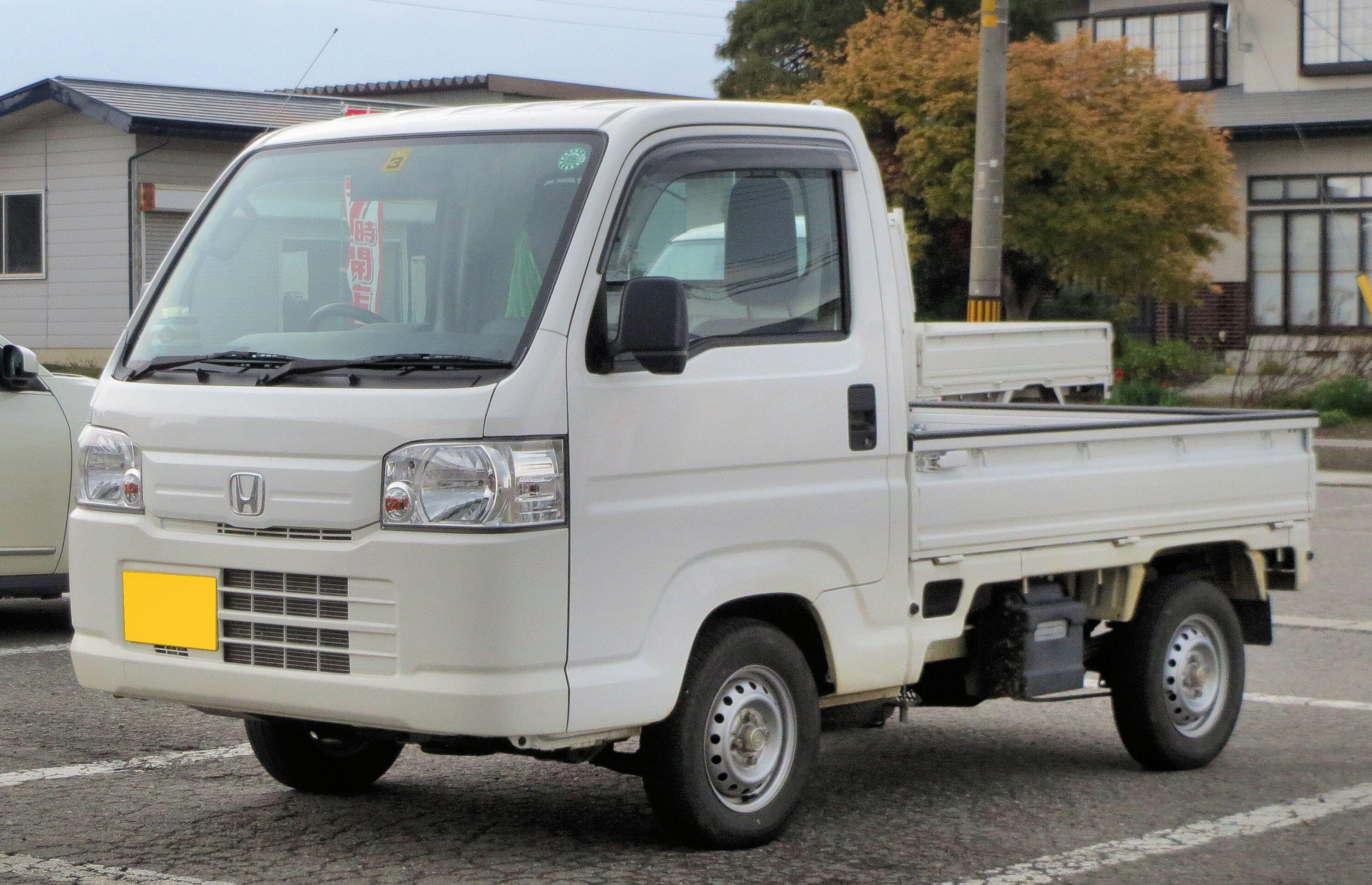
In Japan, a secret war raged between automakers over kei vans; tiny, boxy vehicles with cult followings. These microvans are engineered to exploit Japan’s tax and size regulations, but behind their practical exteriors lies a cutthroat battle for supremacy.
Honda started the modern skirmish with the Acty, a barebones workhorse. Suzuki retaliated with the Every, a slightly taller variant. Then Daihatsu upped the ante with the Hijet, adding sliding doors and optional four-wheel drive.
But the real escalation came when Honda unleashed the N-Box, a microvan so aggressively utilitarian that it became Japan’s best-selling car in 2020. The latest salvo? Toyota’s Pixis Mega, a rebadged Daihatsu with a name that sounds like a rejected Pokémon.
The fight for microvan dominance was so intense that manufacturers constantly one-up each other with bizarre features—like refrigerated gloveboxes, fold-out camping beds, and even built-in showers in some custom models.
The Unkillable Off-Roader Cold War
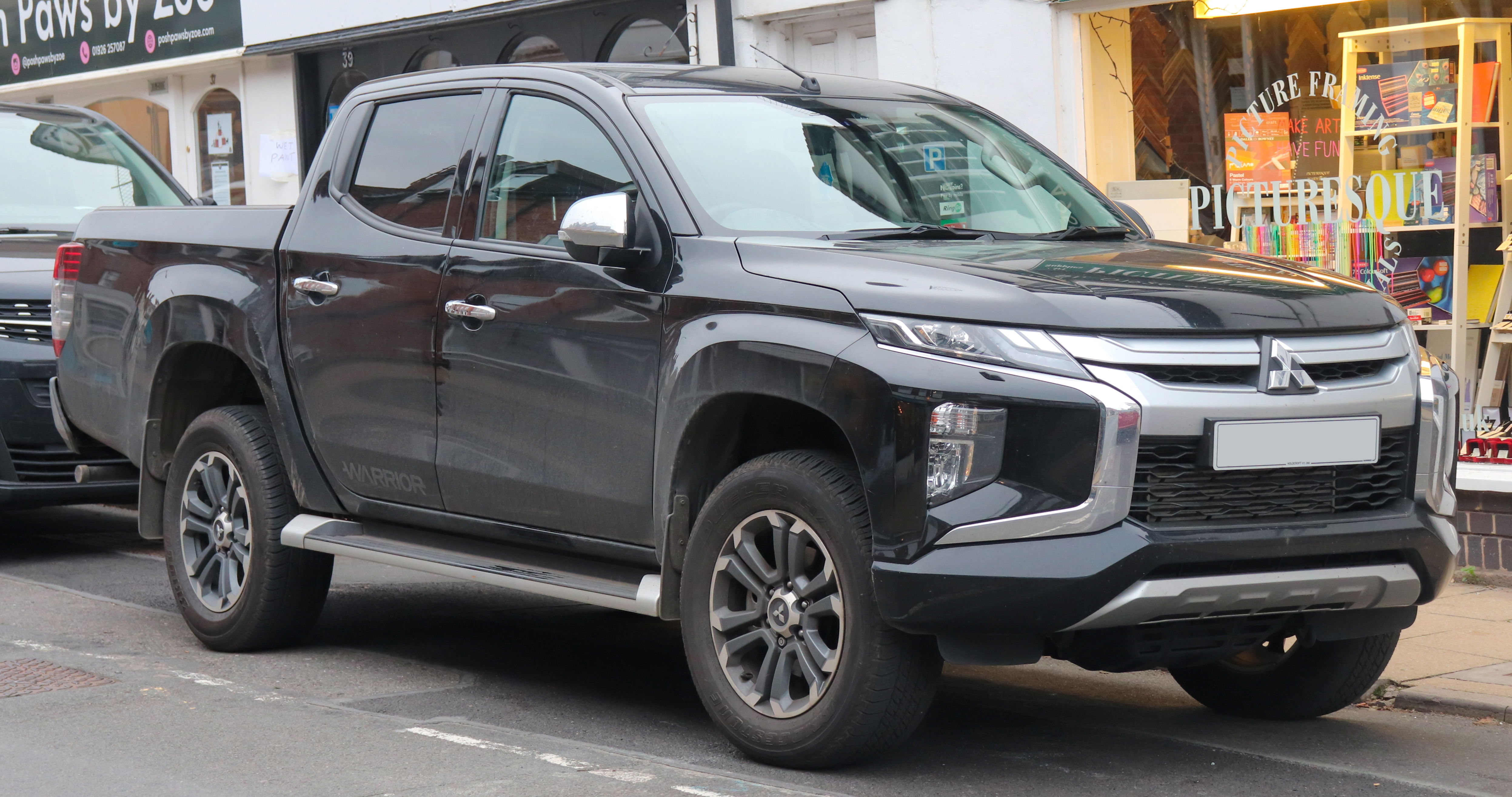
While the world debates whether the Ford Bronco or Jeep Wrangler is the ultimate off-roader, a quieter but deadlier competition exists among vehicles designed to survive literal war zones.
The Toyota Hilux holds the unofficial title of "most indestructible truck," thanks to Top Gear’s infamous abuse (including drowning it in the ocean and dropping a caravan on it).
See also:
But the Mitsubishi L200 Triton has been quietly gaining a reputation in the Middle East and Africa as the Hilux’s only real rival. Meanwhile, Nissan’s Patrol, known as the "Arabian Rolls-Royce" for its desert dominance, has been locked in a decades-long battle with the Land Cruiser over which SUV can outlast civilization itself.
The real wild card? The Mercedes G-Wagen. Originally designed as a military vehicle, it has since become a status symbol, but in conflict zones, it’s still the vehicle of choice for warlords and aid agencies . The unspoken rule is that If your truck can’t survive a rebel ambush, you’re not really competing.
The Amphibious Car Grudge Match
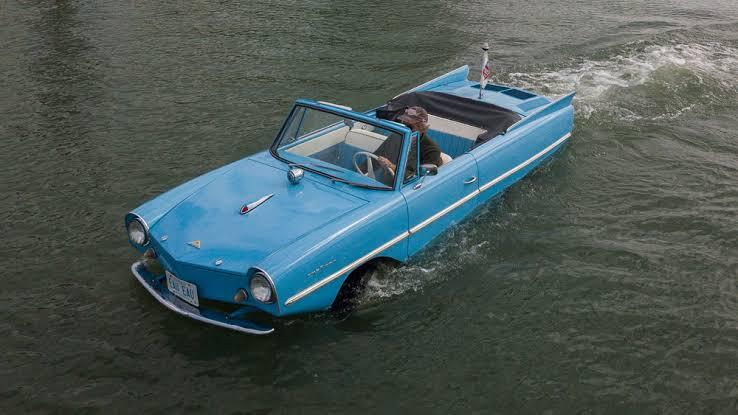
For decades, automakers have flirted with the idea of cars that can swim. Most failed spectacularly. But a few stubborn companies keep trying, turning amphibious vehicles into a bizarre niche rivalry.
The Amphicar Model 770 (1961-1968) was the first real attempt, a German-built convertible that could putter across lakes at 7 knots. Then came the Gibbs Aquada, a high-speed amphibious car that Richard Branson used to set a (now-disputed) record for crossing the English Channel.
Not to be outdone, Volkswagen teased the Schwimmwagen concept, a modern take on its WWII-era amphibious Kübelwagen, just to remind everyone they did it first. But the current king is arguably the WaterCar Panther, a Jeep-like monstrosity that hits 80 mph on land and 45 mph on water, making it the fastest production amphibious car ever.
Rival companies like Sealander and Swiss company Rinspeed keep trying to dethrone it, but so far, the Panther reigns supreme.
See also:
The Three-Wheeled Oddball Showdown
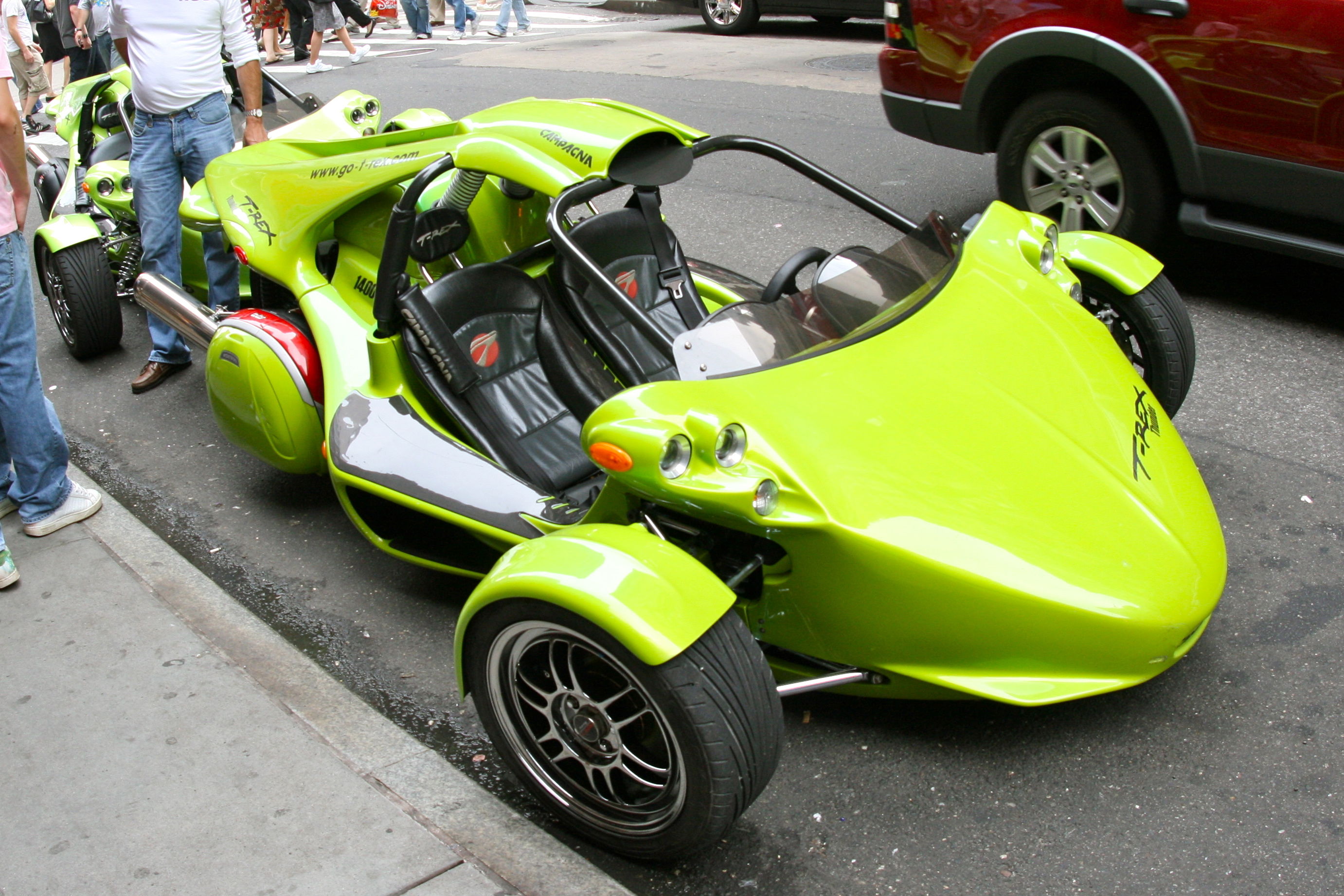
Three-wheeled cars exist in a legal gray area—sometimes classified as motorcycles, sometimes as cars—and automakers have been exploiting this loophole for years. The battle for three-wheeled supremacy is a mix of engineering pride and regulatory gaming.
Morgan’s iconic 3-Wheeler blends vintage aesthetics with motorcycle-like handling, while Polaris’s Slingshot is a hulking, aggressive reverse-trike that looks like a Batmobile reject. Then there’s the Campagna T-Rex, a Canadian-built speed demon that cheats physics by having two wheels in front.
But the real disruptor is ElectraMeccanica’s Solo, a single-seat electric three-wheeler designed for urban commuters who hate human interaction. Meanwhile, Toyota’s i-Road leans like a motorcycle but encloses the driver like a car, proving that the three-wheeled wars are far from over.
The Diesel-Powered Luxury Sedan Smackdown
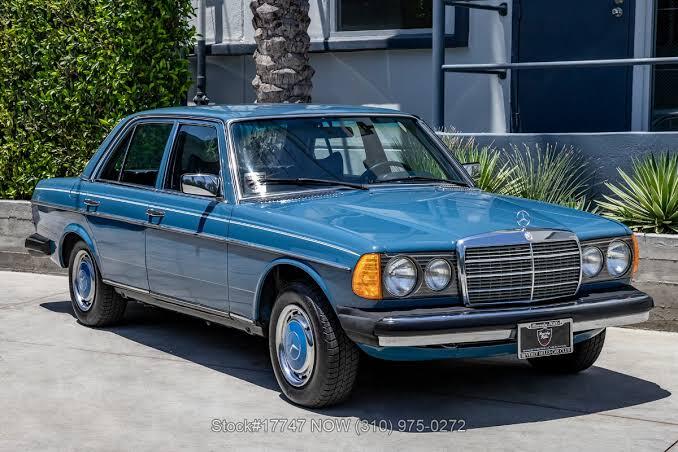
In the 1980s and ‘90s, while Americans were guzzling gasoline, Europe was embroiled in a quiet but vicious battle over which automaker could build the most refined diesel luxury sedan.
Mercedes-Benz struck first with the 300D tank-like cruiser that became the unofficial car of doctors and bankers who valued longevity over speed. BMW countered with the 524td, proving that diesels could be (somewhat) sporty.
But then Audi dropped the nuclear option—the V12 TDI. A 5.9-liter, twin-turbocharged diesel monster stuffed into an A8, making it the most powerful diesel passenger car in the world at the time. Mercedes retaliated with the OM656 engine in the S-Class, a near-silent diesel that siphoned fuel like a miser counting pennies.
The war peaked when Jaguar, of all brands, unleashed the XJ 3.0D, a British take on the diesel luxobarge that somehow undercut the Germans on price. Nowadays that diesel is at the mercy of alternative energy, these cars remain cult classics, a testament to an era when luxury wasn’t afraid of a little soot.
The “Fake Manual” Transmission Conspiracy
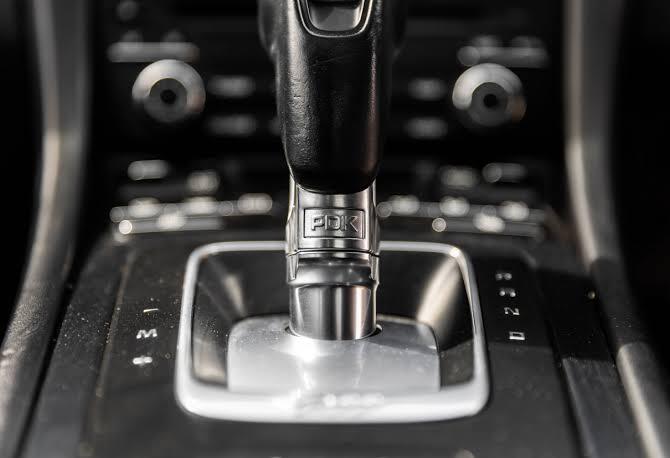
As automatic transmissions took over, a strange phenomenon emerged: automakers began simulating manual shifts in cars that didn’t have a clutch. What started as a gimmick turned into a full-blown engineering cold war over who could fake driving engagement the best.
Porsche’s PDK was the first to offer paddle shifters that felt like a manual, even though they weren’t. Ferrari responded with the F1 transmission, which mimicked gear changes so aggressively that drivers complained it was too brutal. Then BMW introduced the SMG transmission in the E46 M3, a semi-automatic so jerky in its shifts that owners either loved it or despised it.
But the real mind game came when Hyundai, of all companies, released the N division’s “N Power Shift” mode, which artificially added jerky gear changes to make its dual-clutch automatic feel like a poorly driven stick shift.
Meanwhile, Toyota’s GR Corolla offers a “Rally Mode” that holds revs like a rally car, even though it’s still an automatic. The irony? Purists still want real manuals, but automakers keep doubling down on fake ones.
The Battle For The Most Useless Rear Seats
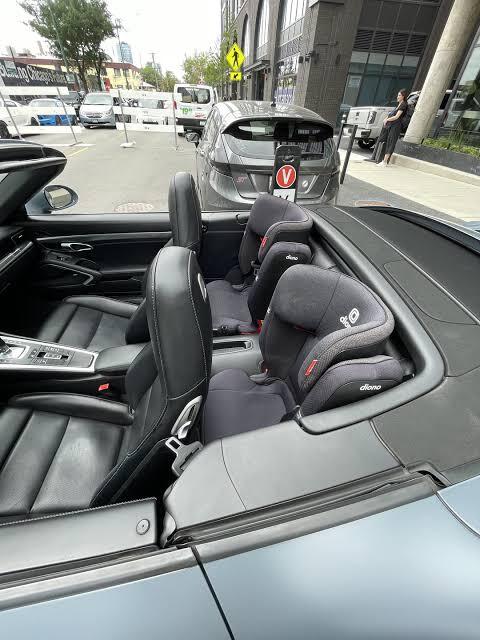
Some cars have rear seats because they need them. Others have them because automakers are engaged in a silent war to see who can get away with the most pointless back row.
The Porsche 911 has long been the king of “2+2” seating, offering rear cushions so cramped that children under four feet tall still complain.
But then the Chevrolet Corvette C7 tried to one-up it with seats so vestigial that owners used them as grocery holders. Not to be outdone, the Ferrari FF introduced rear seats that folded down—not for passengers, but to make room for more luggage. Go figure.
The Mitsubishi Eclipse Cross took this war to new heights by offering rear seats that slide and recline—in a compact SUV where legroom was already a joke. Meanwhile, the Alpine A110 “2+2” concept teased rear seats that were literally just upholstered shelves.
The winner?
The Lotus Evora, which technically has rear seats but admits in the owner’s manual that they’re “not suitable for humans.”
The Famous Ford vs Ferrari Feud
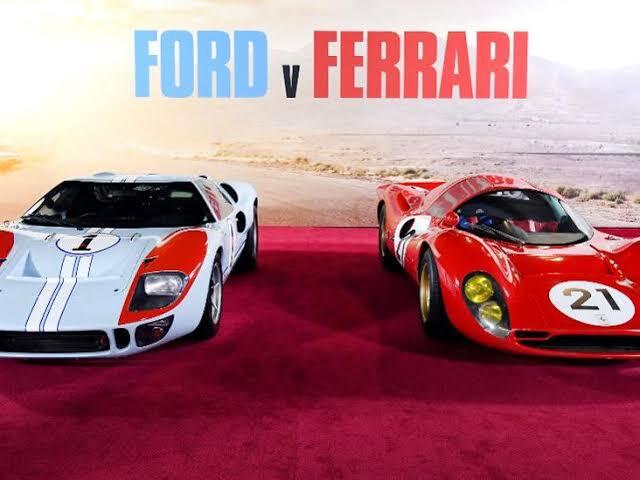
One of the fiercest corporate feuds in automotive history was the battle between Ferrari and Ford in the 1960s.
In 1963, Ford attempted to buy Ferrari, hoping to bolster the Blue Oval's racing prestige. But at the last moment, Enzo Ferrari backed out, enraging Henry Ford II. Ford decided to beat Ferrari at its own game by winning the 24 Hours of Le Mans, the most prestigious endurance race in the world.
Ford poured millions into developing the GT40, recruiting top engineers and racers to perfect the car. After failures in 1964 and 1965, Ford finally dominated Le Mans in 1966, finishing 1st, 2nd, and 3rd, humiliating Ferrari. The GT40 continued to crush Ferrari, winning Le Mans four consecutive times from 1966 to 1969.
This rivalry remains one of the most legendary in motorsport and was immortalized in the 2019 film "Ford v Ferrari". While Ferrari continued building exquisite sports cars, Ford proved that determination, innovation, and a bruised ego could lead to historic victories.
The War For The Most Ridiculous Factory Option

Automakers love stuffing their cars with bizarre features just to say they did it first. This has led to a shadow war over who can offer the most absurd factory option.
Mercedes-Benz started strong with the perfume diffuser as part of the AIR-BALANCE package in the 2014 S-Class. Drivers could select different cabin fragrances, with options like Freeside Mood, Sports Mood, and Agarwood Mood. The diffuser works alongside an ionizer and air purification system.
BMW countered with gesture control, letting drivers adjust volume by waving their hands like Jedi. Then Tesla added fart mode, because why not?
But the real madness came when Bentley installed a rotating dashboard in the Continental GT, just for drama. Land Rover gave the Range Rover SVAutobiography an optional fridge that cools just two bottles of champagne.
The undisputed champion?
The Maybach Exelero, which came with a *built-in cigar humidor, according to Cigar Aficionado—because if you’re spending $8 million on a car, you deserve a perfectly preserved stogie.
The Final Lap: Why These Wars Matter
These niche battles might seem trivial, but they reveal something crucial about the auto industry: innovation thrives in obscurity. The slowest cars test efficiency limits, microvans redefine urban mobility, indestructible trucks save lives in war zones, amphibious cars push engineering boundaries, and three-wheelers challenge regulatory norms.
So the next time someone argues about Mustangs vs. Camaros, remember that the real automaker wars are happening in the shadows, where the stakes are weird, the competitors are relentless, and the winners are gloriously absurd.
And honestly? Those are the fights worth watching.